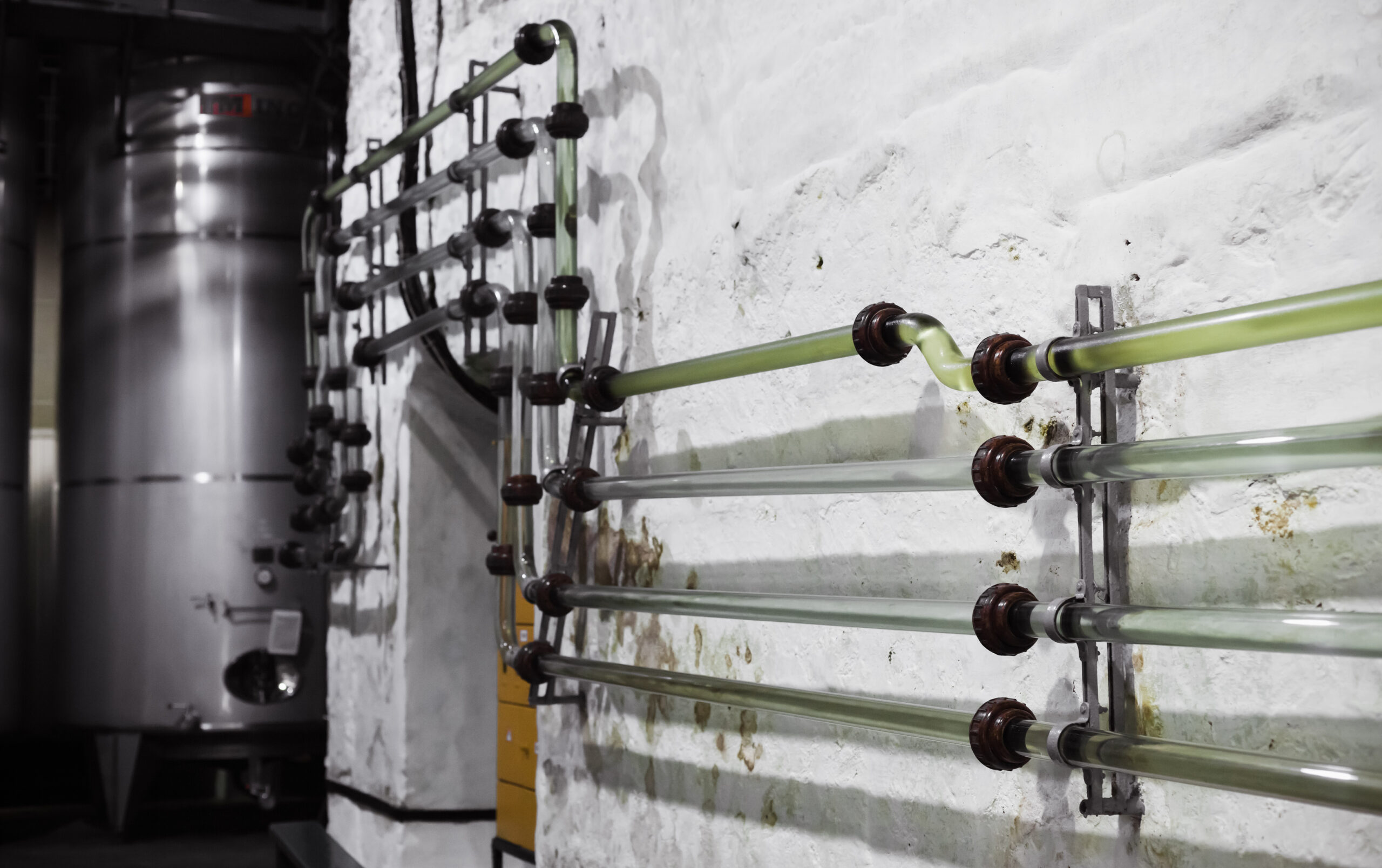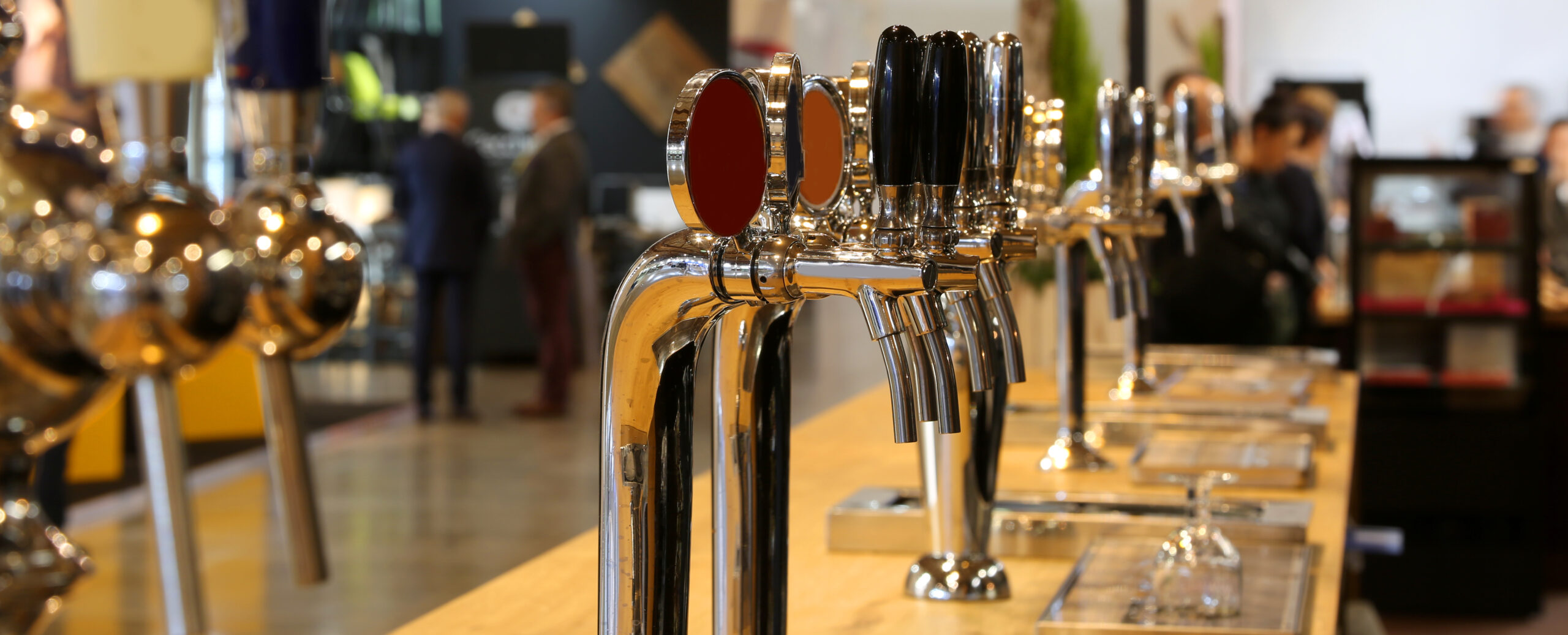Craft brewers are constantly looking for innovative ways to improve the quality and efficiency of their beer production processes. One area where this task for improvement is gaining popularity is in the use of gases for various brewing applications, such as tank purging using nitrogen.
Traditionally, carbon dioxide (CO2) has been the gas of choice for tasks such as tank purging and water deaeration. A growing number of breweries are now exploring the benefits of nitrogen gas in these processes, setting the stage for new ways in the brewing industry. In this article, we look at the challenges and lessons learned related to the use of nitrogen versus CO2 in brewing.
Current use of CO2 in Breweries
Breweries large and small rely on CO2 gas for a variety of applications. From cleaning fermentation tanks with caustic and water to the critical task of removing oxygen from tanks, CO2 remains the preferred gas. However, challenges loom on the horizon due to CO2 supply shortages.
This shortage and uncertainty about the future availability of CO2 for purging have led to a re-evaluation of gas selection in the brewing industry.

Nitrogen: A Game-Changer in Tank Purging
While CO2 has traditionally been the go-to choice, a growing number of breweries are now shifting their gaze towards nitrogen, particularly for the initial stages of tank purging. This shift involves allocating approximately 80% of the purging process to nitrogen, reserving the remaining 20% for CO2. The objective here is two-fold: to minimize the risk of over-carbonization and to reduce waste within the dispensing systems. To make this transition cost-effective, breweries are increasingly adopting nitrogen generators, viewing the use of CO2 for tank purging as redundant and economically inefficient.
Challenges and Prospects
The shift to nitrogen, while promising, presents challenges and limitations. Time, labour, maintenance, equipment size, and initial setup costs are considerations that demand careful evaluation. Maintaining consistent dissolved oxygen levels, especially in larger breweries, remains an ongoing challenge. Responsible handling and disposal of off-gases used for deaeration are additional responsibilities to be addressed.
Feasibility of Nitrogen Generators
To determine the feasibility of using nitrogen generators in a brewery, a number of considerations must be made.
These include determining the specific brewery needs, the desired nitrogen purity, the required flow rate, and the operating pressure. The number and size of tanks to be purged and the availability of supply air, either from an existing compressor or a dedicated one, are key factors. Whether the nitrogen generator is to be installed indoors or outdoors and temperature control measures also play an important role.

Nitroge’s Role in Tank Purging
Nitrogen’s significance extends beyond tank purging to the removal of oxygen from water during beer brewing. The column deaeration method, utilizing either nitrogen or CO2 gas, has become the industry standard. This method involves introducing water at the column’s top, filled with polymer fibres, while gas is injected from below. The upward flow of gas effectively strips dissolved oxygen from the water, achieving remarkably low levels, often below 10 parts per billion.
Nitrogen vs. Other Gases in the Purging Processes
The choice between nitrogen and other gases like CO2 in beer venting processes often sparks debate. In reality, both methods involve introducing gases from the bottom to remove dissolved oxygen from the solution. The selection of gas—nitrogen or CO2—depends on the unique preferences and requirements of each brewery.
Nitrogen Generator Integration for Tank Purging
To incorporate nitrogen generators into brewery tank purging processes, a series of steps must be followed:
- Seamless Integration: Nitrogen generators can be seamlessly integrated into existing brewery infrastructure without disruption, utilizing a manifold to connect the generator to key brewery applications.
- Nitrogen Distribution: Dedicated lines connect the manifold to critical brewery functions, ensuring a consistent nitrogen supply for tanks, dehydration systems, keg washers, and bottling lines.
- Continuous Supply: Nitrogen generators ensure an uninterrupted nitrogen supply, sourced from a dedicated tank and readily available for various brewing processes.
Switching from CO2 to Nitrogen: what can we conclude
While the shift toward nitrogen in brewing is undeniable, it is important to note that certain aspects of the technology have remained relatively stable. For example, tank flushing is purging performed at low pressure, starting at about 14 PSI and rarely exceeding 30 PSI.
In addition, slow flushing is preferred to effectively remove oxygen from the tank while preventing its re-entry.
The brewing industry is on an exciting journey of change, with nitrogen generators and nitrogen gas becoming major players in the quest for improved beer quality and production efficiency.
CO2 remains a fixture in the industry, but supply issues and the benefits of nitrogen are causing brewers to rethink their gas choices.
The switch to nitrogen comes with a number of considerations, from feasibility and integration to challenges and limitations. But as the brewing community explores these new horizons, it is clear that the use of nitrogen generators offers a promising path for cost-effective, sustainable and high-quality brewing processes.
Nitrogen can also be used to enhance the quality of the beer, click here to find out more.
